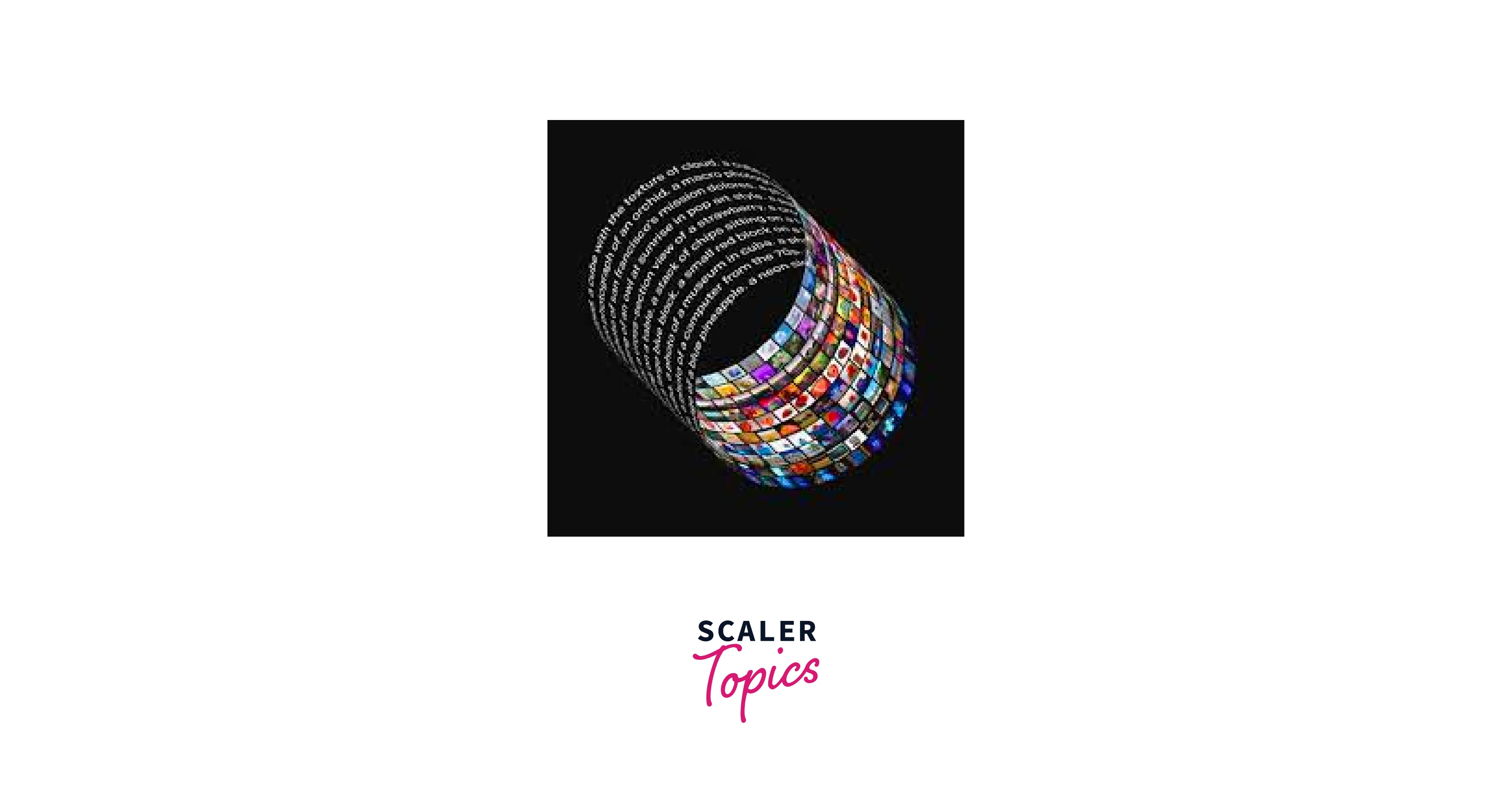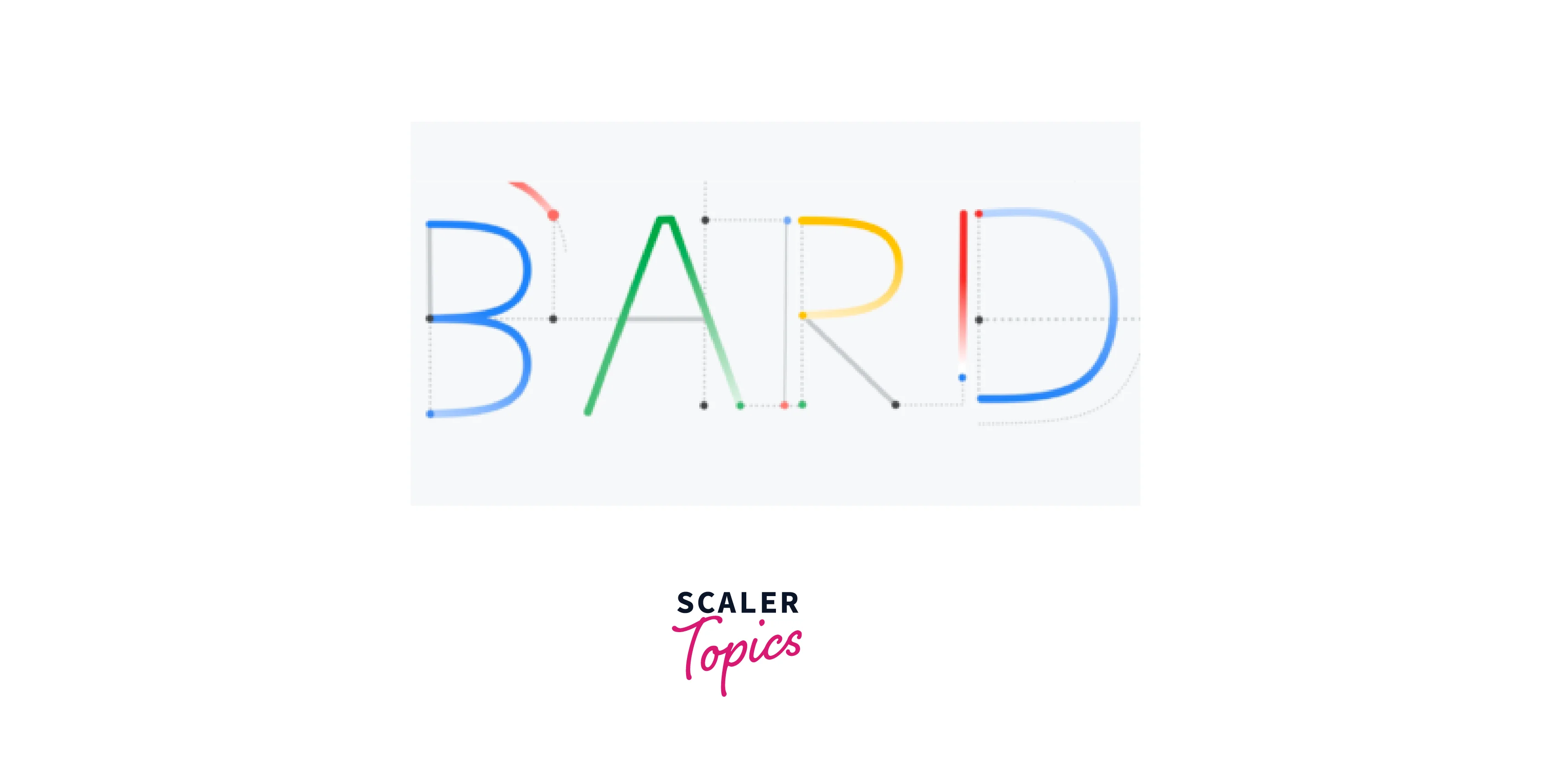Generative AI Models
Overview
Can a machine write a symphony? Can a machine turn a canvas into a beautiful masterpiece? Artificial intelligence has grown a lot in the past few years, and it has come to the point where it seems nothing is impossible. The recent buzz around AI has been driven by the simplicity of new user interfaces, which create high-quality text, graphics, and videos in seconds. For example, we can type a few word prompts, and the AI models generate pictures representing those words. This process is known as text-to-image translation, and it's one of many examples of what generative AI models do.
Introduction
Generative AI models are computer programs that can create new content, such as images, music, or text, similar to examples it has learned from. These models use complex algorithms and machine learning techniques to learn patterns and relationships within large amounts of data and generate new outputs based on that learning.
For example, a generative AI model trained on images of flowers could be used to create new images of flowers that look realistic but have never been seen before. Similarly, a model trained in music could generate a new song that sounds like it was composed by a human.
What is Generative AI?
Generative AI is a subfield of artificial intelligence that involves developing algorithms and models capable of generating new content that has not been explicitly programmed. It is a type of unsupervised machine learning that involves training models on large amounts of data, allowing the models to learn patterns and relationships within the data.
Generative AI models use techniques like neural networks, Markov, and autoregressive models to generate new content. As a result, they have many applications in art, design, entertainment, and data synthesis.
Different Types of Generative AI Models
Text-based Models
Text-based generative AI models generate new text content based on a given input or prompt. These models use natural language processing (NLP) techniques to analyze and understand the text and generate new content based on that understanding.
There are various types of text-based generative AI models, including:
-
Language models: These models are trained on large amounts of text data and learn to predict the next word or sequence of words based on the context of the previous words.
-
Sequence-to-sequence models: These models can generate text by mapping an input sequence of words to an output sequence. They are often used in machine translation and text summarization tasks.
-
Autoencoders: These models can generate new text by compressing the input text into a latent representation and decoding it into a new output.
Text-based generative AI models have many applications, including chatbots, content creation, and text-based recommendation systems.
Multimodal Models
Multimodal generative AI models are algorithms that generate new content across multiple modalities, such as images, text, and audio. These models combine different types of input data and generate outputs that integrate information from multiple sources.
Multimodal generative AI models can generate content in various ways, including:
-
Conditional generation: This involves generating an output in one modality based on input in another. For example, given a textual description, the model can generate an image representing the description.
-
Joint generation: This involves generating outputs integrating information from multiple modalities. For example, a model can generate a video with visual and audio components.
Multimodal generative AI models have many applications, such as generating realistic virtual environments, creating personalized content for users, and improving accessibility for people with disabilities.
Popular Generative AI Models
There are several popular generative AI models, each with its unique approach to generating new content. Some of the most well-known models include:
-
Generative Adversarial Networks (GANs): GANs are deep learning models that consist of two neural networks working together in a game-theoretic setting. One network generates new content, while the other evaluates the generated content against real data, providing feedback to improve the generator's output.
-
Variational Autoencoders (VAEs): VAEs are a type of deep learning model that can learn to generate new content by compressing and decompressing input data. They use a probabilistic approach to generate outputs similar to the input data but not identical.
-
Transformers: Transformers are a type of deep learning model that excels at natural language processing tasks. For example, they can generate text by predicting the next word in a sequence based on the context of the previous words.
-
Recurrent Neural Networks (RNNs): RNNs are a type of deep learning model that is particularly good at generating sequential data, such as text or music. They use feedback loops to incorporate information from previous time steps into the current output.
-
Autoencoders: Autoencoders are a type of neural network that can generate new content by compressing input data into a lower-dimensional representation and decoding it back into the original data.
What is ChatGPT?

ChatGPT is an artificial intelligence language model developed by OpenAI based on the GPT (Generative Pre-trained Transformer) architecture. ChatGPT is capable of understanding natural language inputs and generating responses conversationally. It has been trained on a massive amount of text data from the internet, allowing it to understand the nuances of language and generate human-like responses.
ChatGPT can be used for various tasks, such as answering questions, conversing, and generating text content. It has been designed to adapt to various applications and can be fine-tuned to specific tasks with additional training data.
ChatGPT has many potential applications, such as chatbots for customer service, personal assistants, and language translation.
What is DALL-E?
 DALL-E is an artificial intelligence model developed by OpenAI that can generate images from textual descriptions. It uses a combination of language models and generative adversarial networks (GANs) to produce highly realistic and detailed images.
DALL-E is an artificial intelligence model developed by OpenAI that can generate images from textual descriptions. It uses a combination of language models and generative adversarial networks (GANs) to produce highly realistic and detailed images.
The name "DALL-E" combines the artist Salvador Dali and the animated character WALL-E, reflecting the model's ability to create surreal and imaginative images.
DALL-E can generate images from various textual descriptions, including animals, objects, and scenes. For example, given the prompt "an armchair in the shape of an avocado," DALL-E can produce an image of a green armchair with an avocado-shaped backrest. The model can also generate images that combine multiple concepts, such as "a snail made of harp strings."
DALL-E has many potential applications, such as creating custom designs for furniture and fashion, generating visual aids for scientific research, and improving accessibility for people with visual impairments.
What is BARD?

BARD stands for "Building AutoRegressive Density Estimators," an artificial intelligence model developed by researchers at Google Brain. BARD is a generative model that can generate high-quality images and videos.
Unlike other generative models that generate content pixel-by-pixel, BARD generates images by estimating the probability distribution of the entire image. This allows BARD to generate images that are highly detailed and coherent.
BARD uses an autoregressive flow neural network architecture to model an image's probability distribution. Autoregressive flows are a type of neural network that can transform a simple distribution (e.g., a Gaussian distribution) into a complex distribution that matches the data.
BARD has many potential applications, such as generating realistic images and videos for entertainment and virtual environments, improving image and video compression, and enhancing medical imaging
Generative AI and Ethics
Generative AI can potentially revolutionize various industries, such as art, entertainment, and healthcare. However, it also raises ethical concerns that need to be addressed.
-
One of the main ethical concerns with generative AI is the potential for generating biased or harmful content. Generative models learn from the data they are trained on, which can lead to bias if the data is diverse and representative. For example, a generative text model trained on news articles from a particular political viewpoint may generate biased news articles that reinforce that viewpoint.
-
Another ethical concern is the potential for generative AI to be used for malicious purposes, such as generating fake news, deep fakes, or phishing emails. These can have serious consequences, such as influencing elections, damaging reputations, or stealing personal information.
-
Privacy is also a concern with generative AI, as it may be used to generate realistic images or videos of individuals without their consent, leading to privacy violations and potential misuse.
-
There are also ethical concerns regarding the ownership of the generated content. For example, who owns the copyright for an image or text a machine generates? Should it be the user, the developer, or the machine itself?
To address these ethical concerns, developing and enforcing ethical guidelines and standards for developing and using generative AI is important. This includes ensuring that the training data is diverse and representative, verifying the accuracy and authenticity of generated content, protecting individuals' privacy and rights, and establishing clear ownership and attribution of the generated content.
Applications of Generative AI Models
Generative AI models have a wide range of applications across various industries, including:
-
Art and Design: Generative AI models can generate new and creative art pieces. For example, the "Next Rembrandt" project used a generative AI model to create a new Rembrandt painting that looked like the artist himself painted it.
-
Gaming and Virtual Environments: Generative AI models can generate realistic and diverse game environments and characters. For example, "No Man's Sky" uses a generative AI model to create a universe of unique planets and creatures.
-
Healthcare: Generative AI models can enhance medical imaging by generating high-quality MRI and CT scans. They can also be used to create personalized treatment plans and drug discovery.
-
Marketing and Advertising: Generative AI models can create personalized and targeted advertisements. For example, the clothing company H&M used a generative AI model to create unique designs for their clothing line.
-
Text Generation: Generative AI models can create automated content like news articles, product descriptions, and customer service responses. For example, the Associated Press uses a generative AI model to generate automated news stories.
-
Robotics: Generative AI models can be used to generate robot behavior and control policies. For example, a generative AI model can generate natural and fluent robot speech and dialogue.
-
Entertainment: Generative AI models can create new and unique music, such as the "AIVA" AI music composer. They can also be used to generate personalized movie recommendations and trailers.
Conclusion
The key takeaways from this article are:-
- Generative AI models are computer programs that can create new content, such as images, music, or text, similar to examples it has learned from.
- Generative AI is a subfield of artificial intelligence that involves developing algorithms and models capable of generating new content that has not been explicitly programmed.
- Text-based generative AI models generate new text content based on a given input or prompt.
- Multimodal generative AI models are algorithms that generate new content across multiple modalities, such as images, text, and audio.
